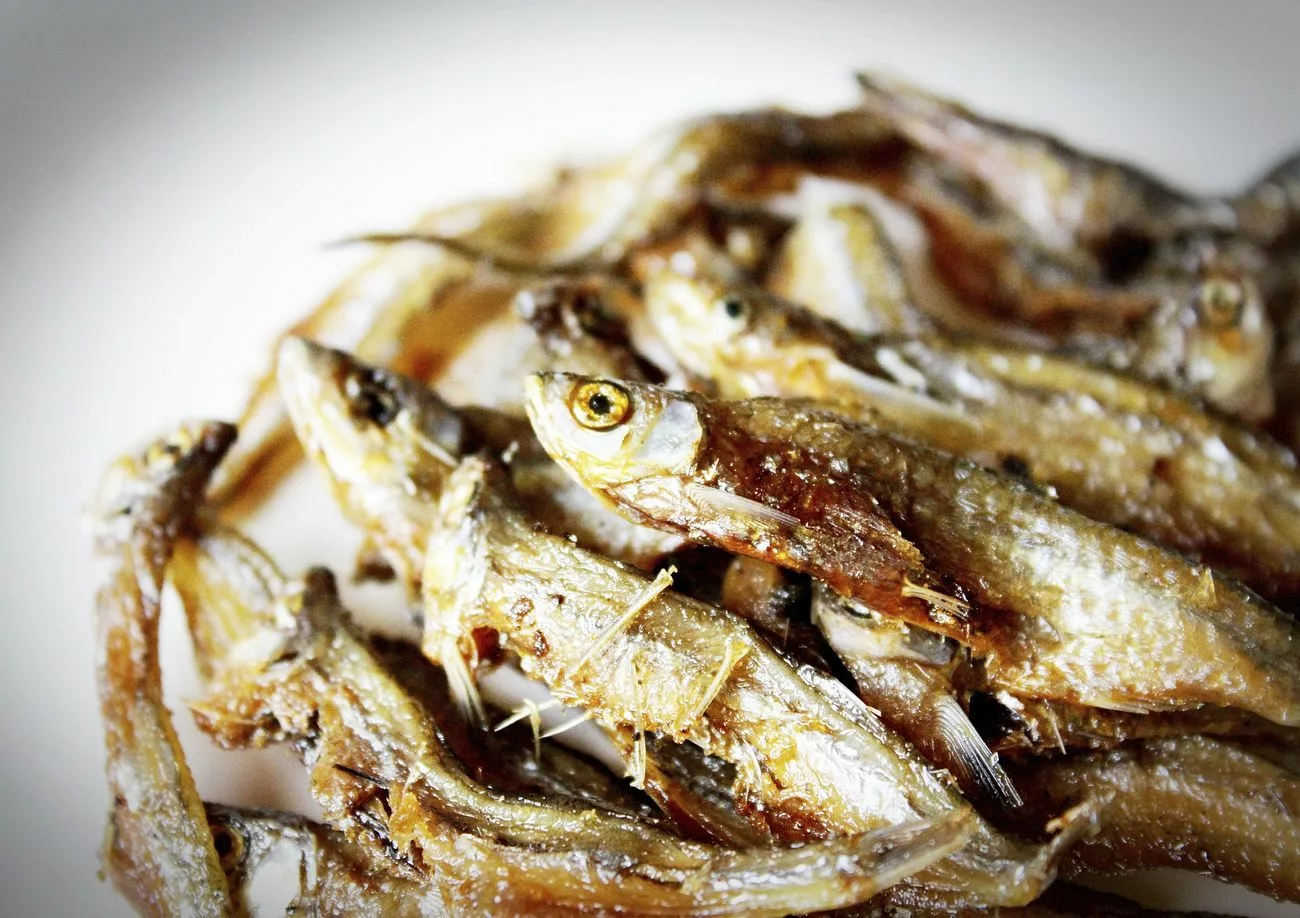Uncategorized
Why Surströmming is So Pungent: Exploring the Science of Smell
Welcome to the world of the notoriously pungent Surströmming! A traditional Swedish delicacy, Surströmming is fermented herring with a scent that leaves a lasting impression. But what is the science behind this distinctive aroma?
The Process of Fermentation
The story of Surströmming’s distinctive scent begins with the process of fermentation. Fermentation is a biochemical process where bacteria and yeast convert sugars into various other compounds, often producing alcohol or acids. It’s a traditional method of preserving food, and in the case of Surströmming, it’s where the “stink” begins.
During the fermentation of Surströmming, bacteria break down proteins in the fish into smaller compounds, some of which are volatile and contribute to the distinctive smell. One such compound is hydrogen sulfide, a gas with a strong odor reminiscent of rotten eggs. But how does this process result in such a powerfully pungent aroma?
The Role of Olfactory Receptors
The answer lies in our olfactory receptors. These receptors in our nose detect tiny amounts of airborne molecules and translate them into signals our brain recognizes as smell. Hydrogen sulfide, in particular, has a very low detection threshold, meaning our noses are extremely sensitive to it.
Our brains also associate certain smells with danger or unpleasant experiences, which can intensify our perception of them. It’s likely that the strong, sulfuric smell of Surströmming triggers these associations, amplifying our reaction to the aroma.
Did you know your sense of smell could be so powerful? Share your thoughts in the comments below!
The Art of Enjoying Surströmming
Despite its reputation, Surströmming is a beloved food in Sweden, often enjoyed outdoors with crispbread, potatoes, and onions. If you’re curious about trying this unique delicacy yourself, check out our guide on how to eat Surströmming.
So why do some people enjoy Surströmming despite its potent smell? The answer might surprise you. It turns out our perception of smell can be influenced by our cultural background, past experiences, and even our individual genetic makeup.
What’s your opinion on unique foods like Surströmming? Have you tried any other pungent foods before? Let us know in the comments!
Conclusion
In essence, the distinctive aroma of Surströmming is a fascinating interplay of biochemistry, sensory perception, and personal experience. It serves as a reminder of the diverse tastes and smells that make up our world’s culinary landscape. So, whether you’re a seasoned Surströmming enthusiast or a curious food adventurer, we hope you’ve gained some insight into the science of this pungent Swedish delicacy.
Remember, Surströmming is not just about the smell, it’s about the experience. So why not take on the Stinky Fish Challenge yourself? And if you found this article insightful, don’t forget to share it with your friends on social media. Who knows? You might inspire someone to embark on their own culinary adventure!

